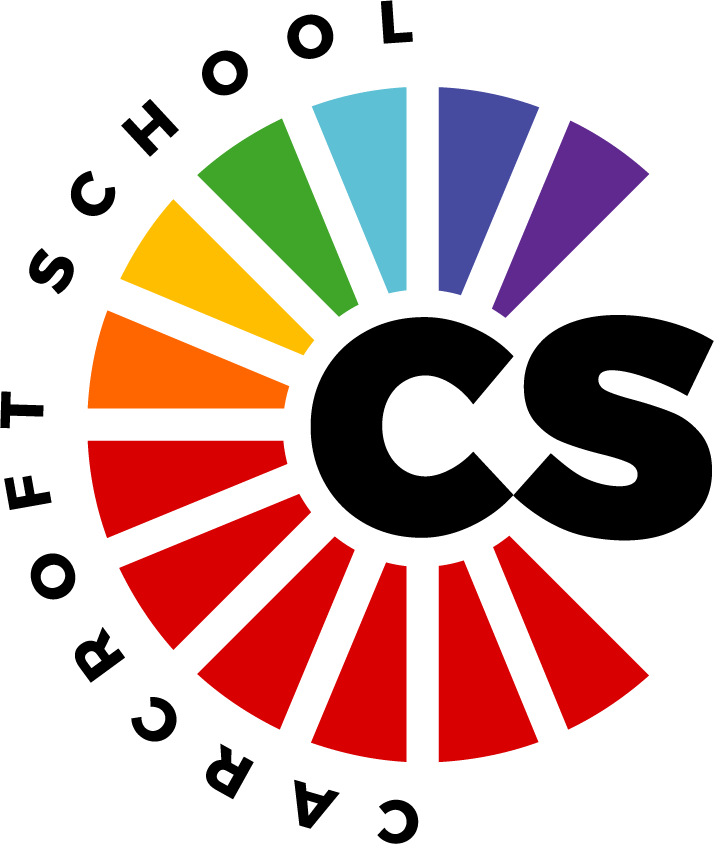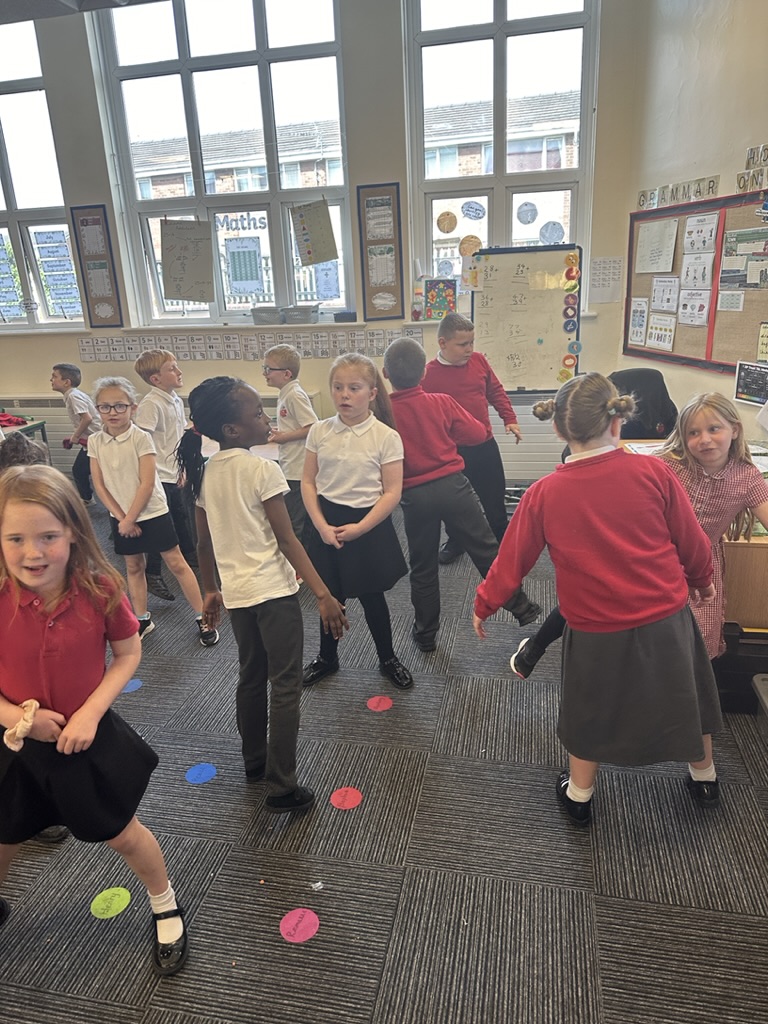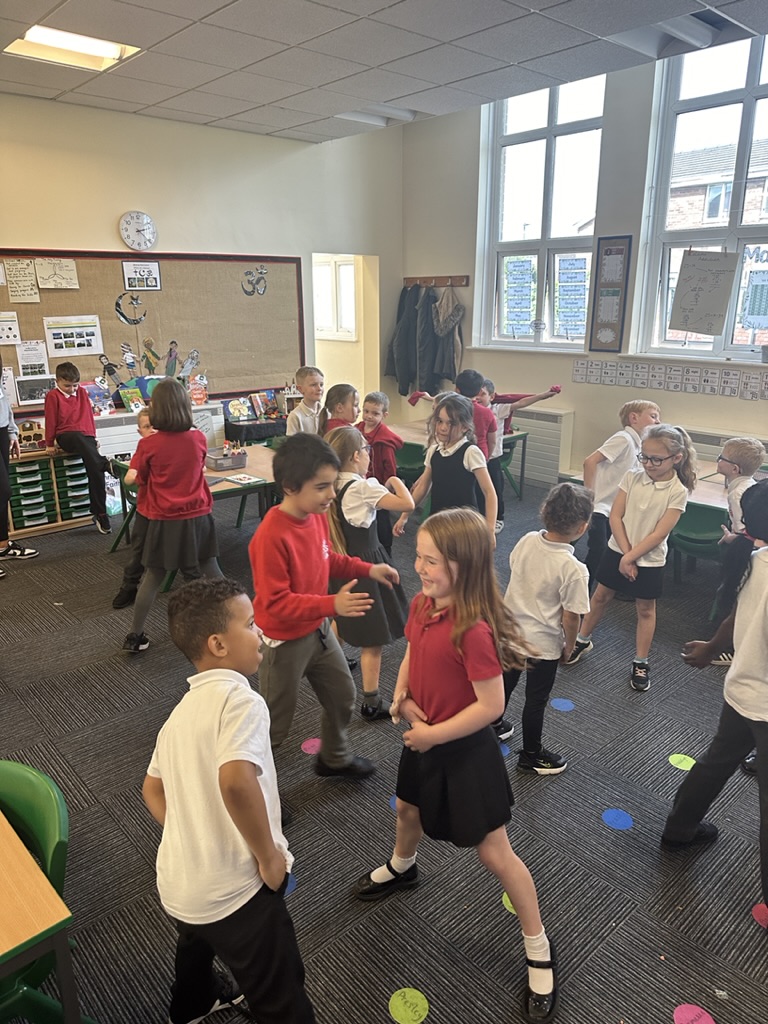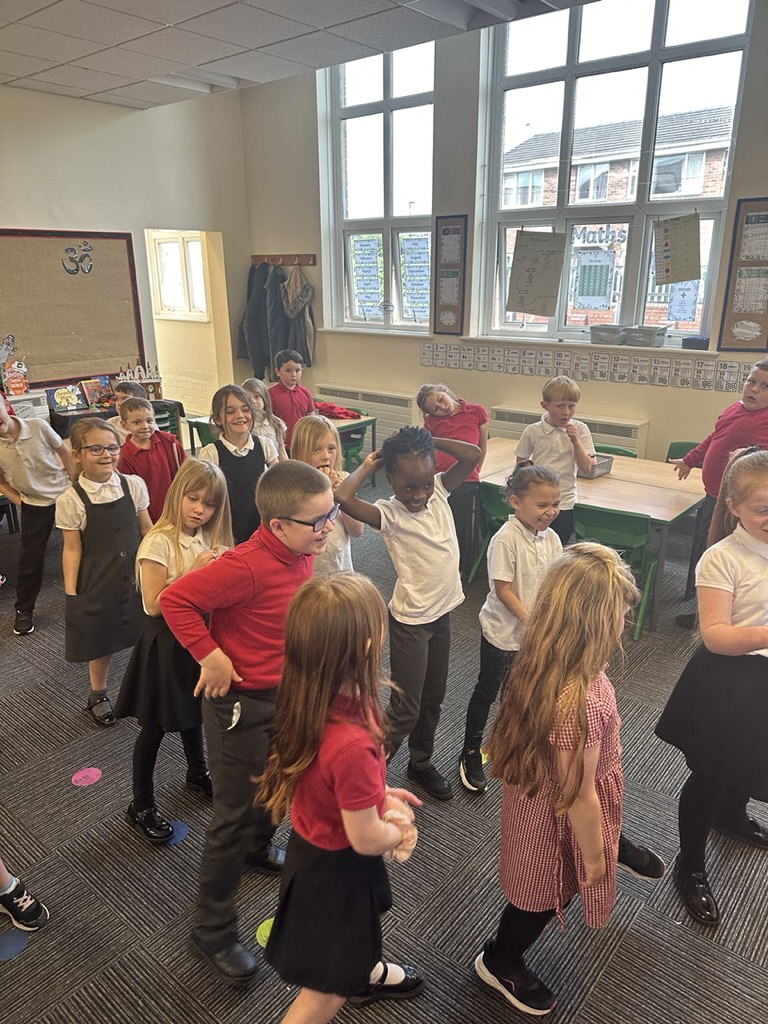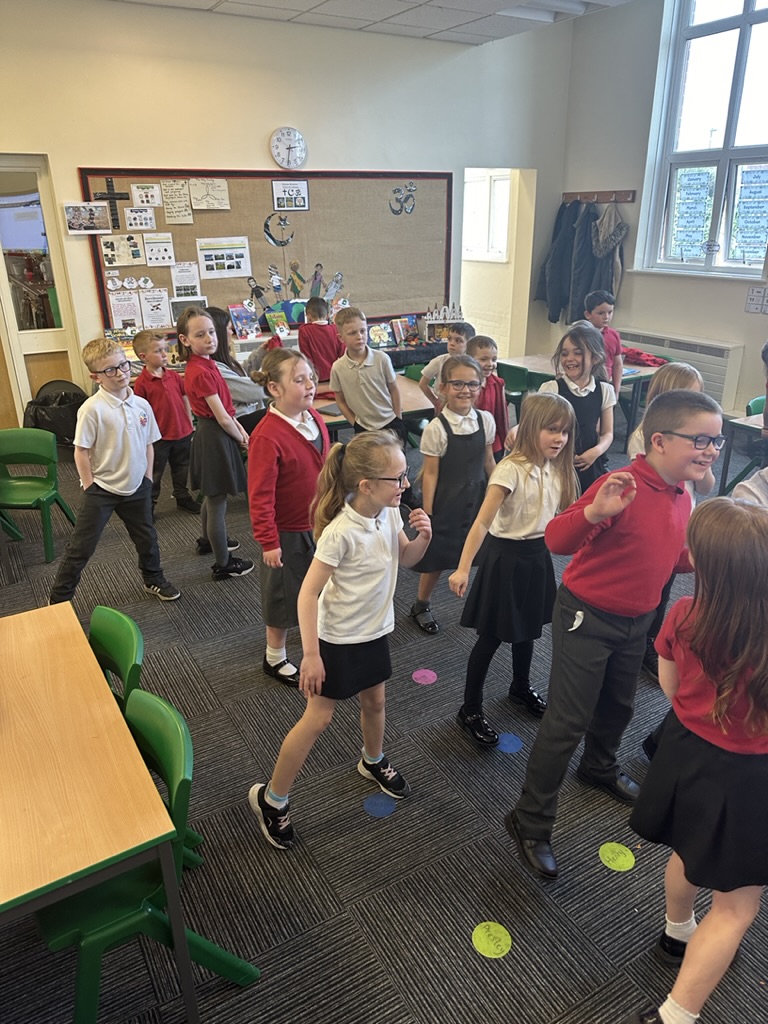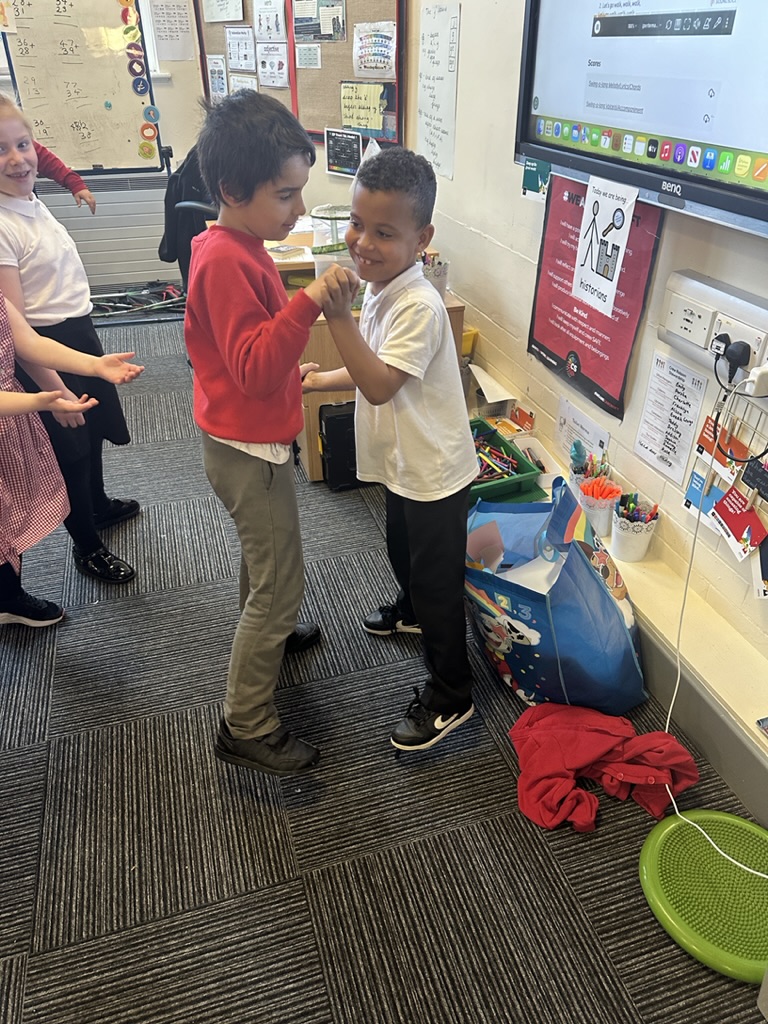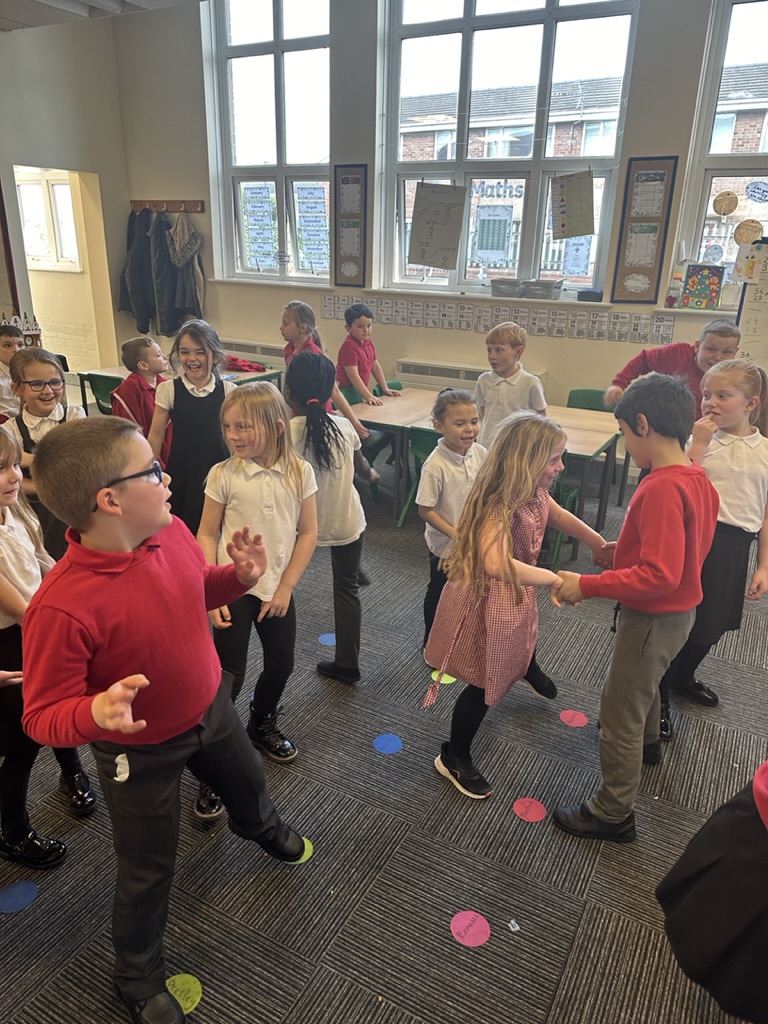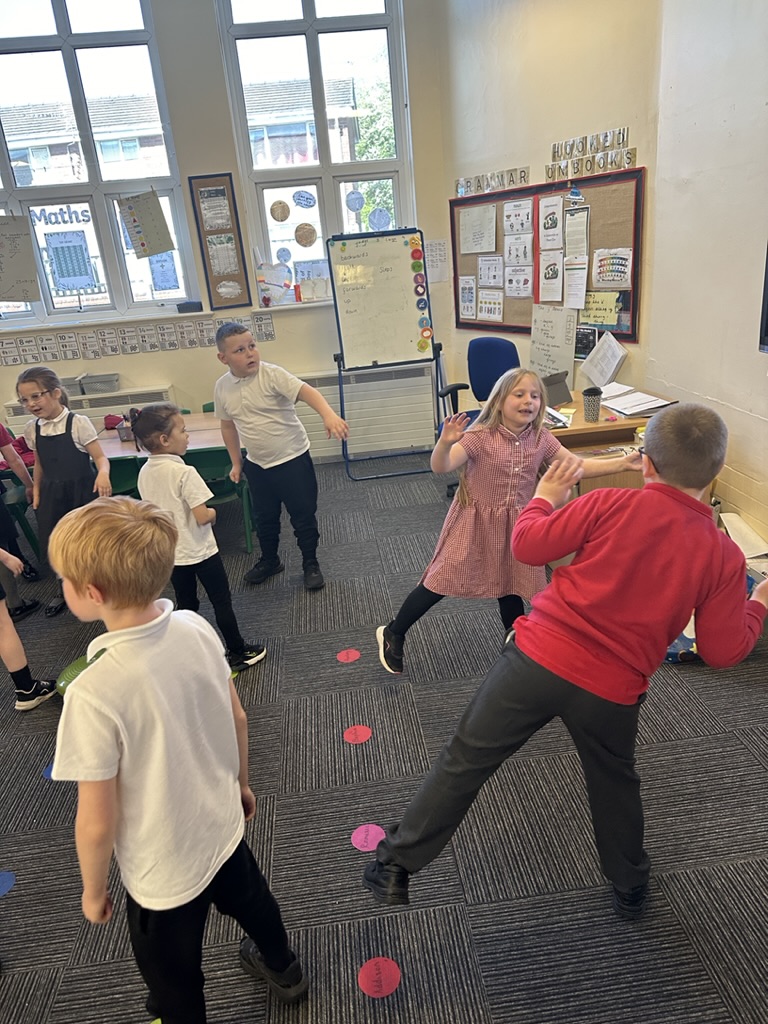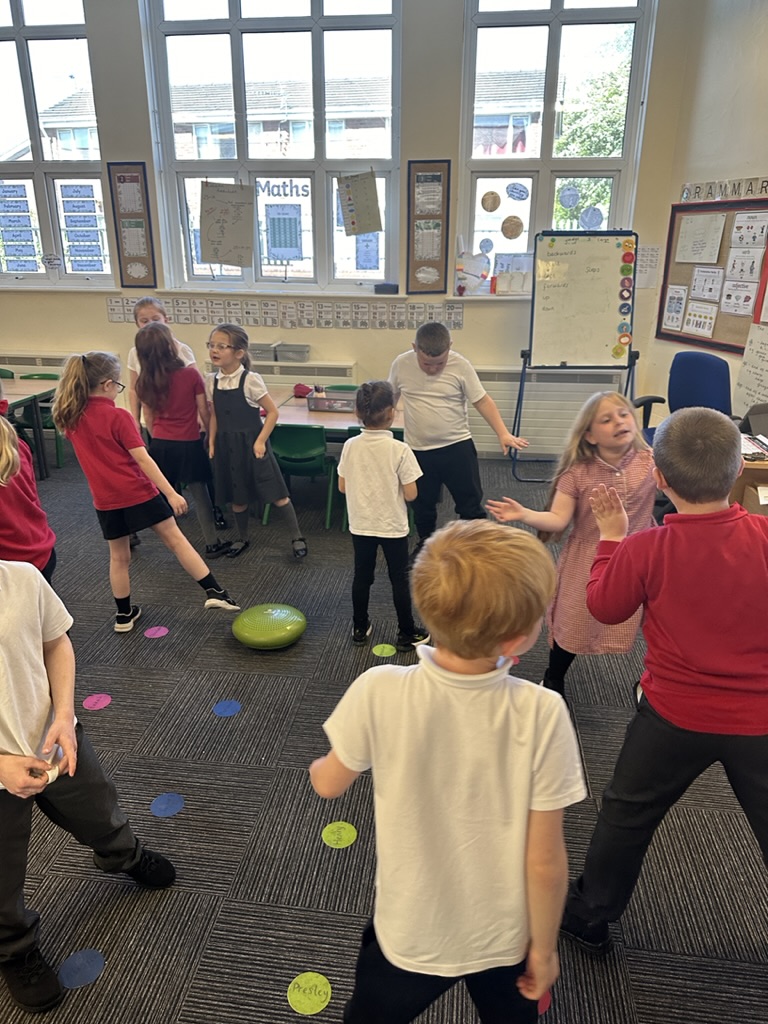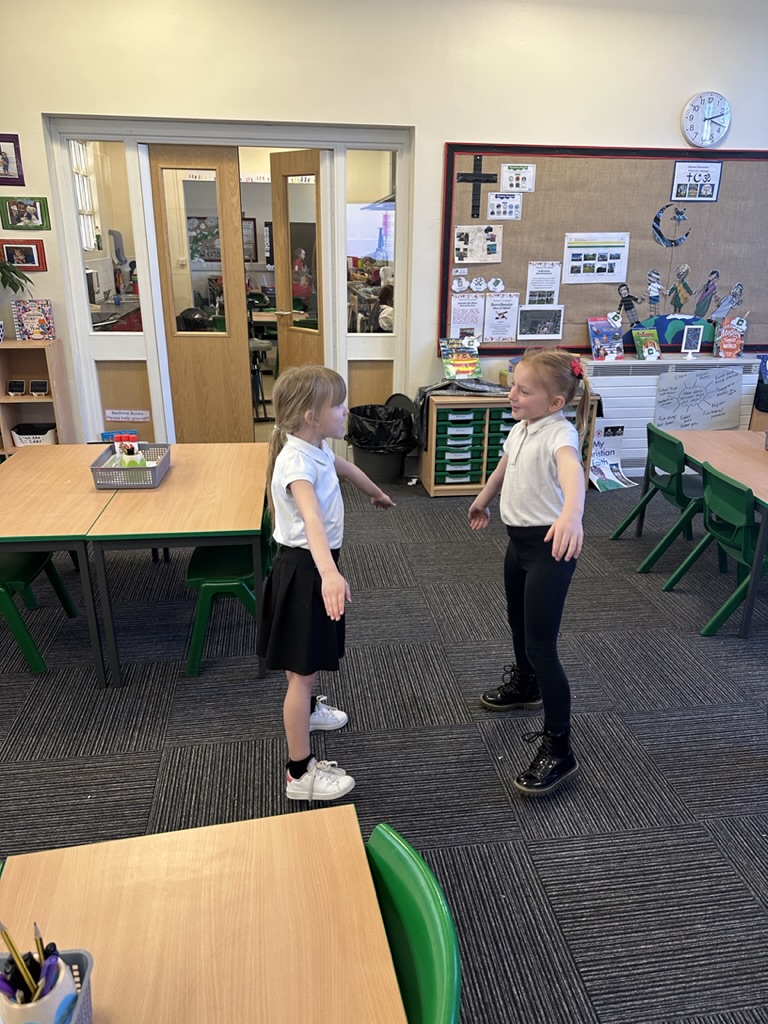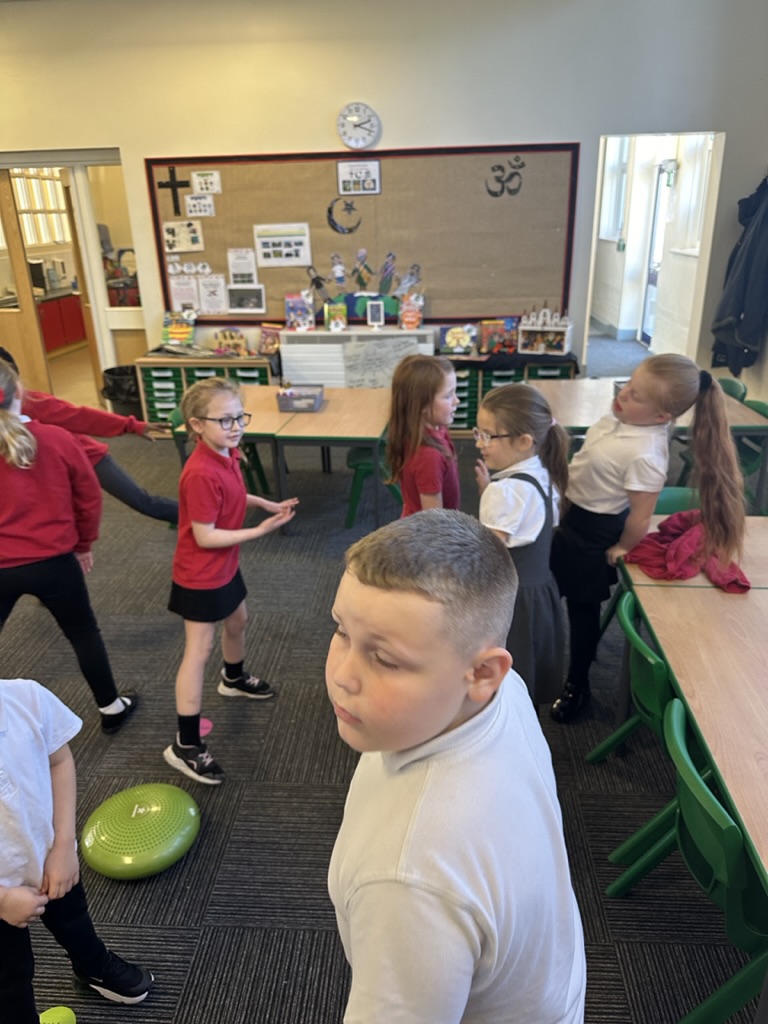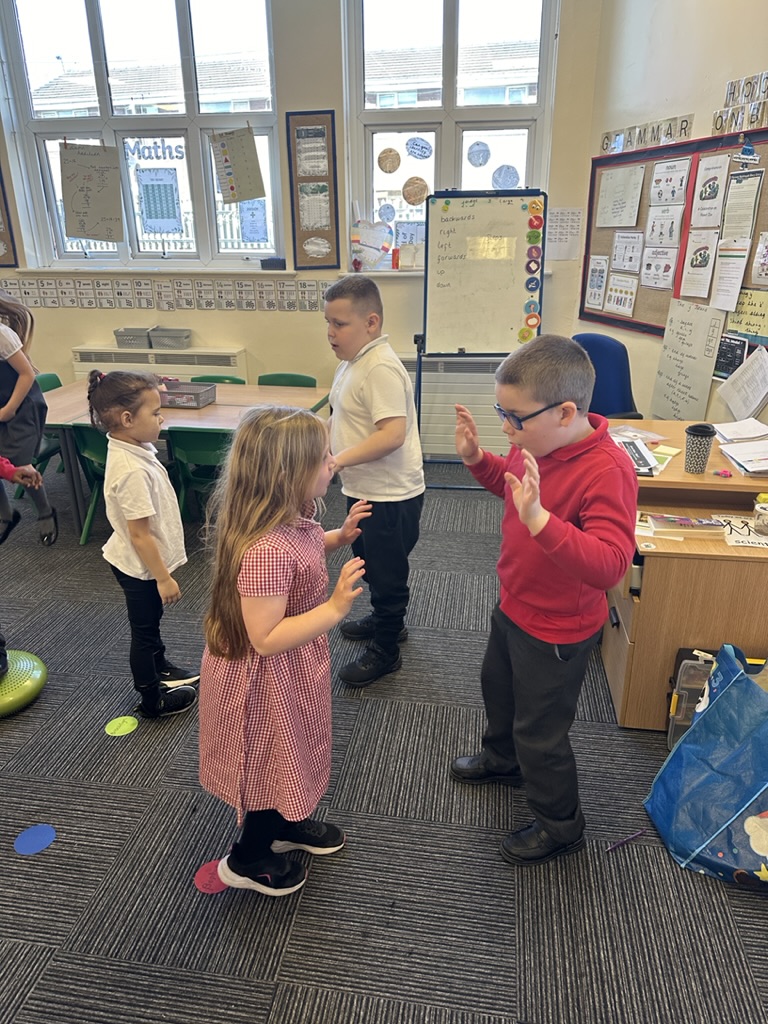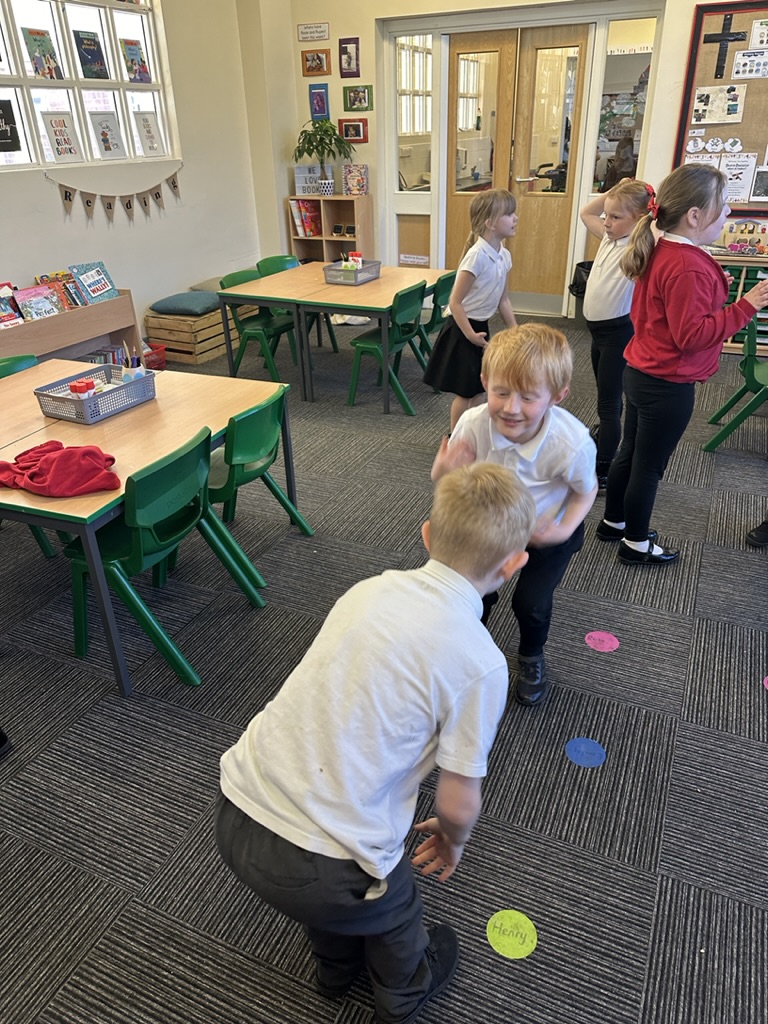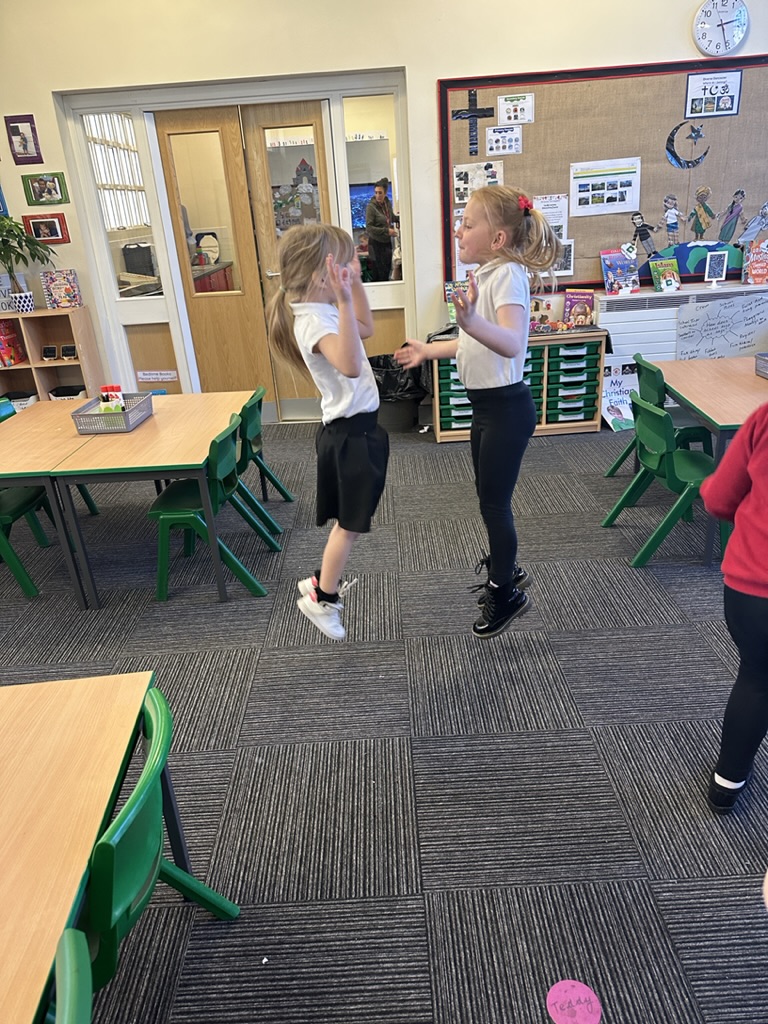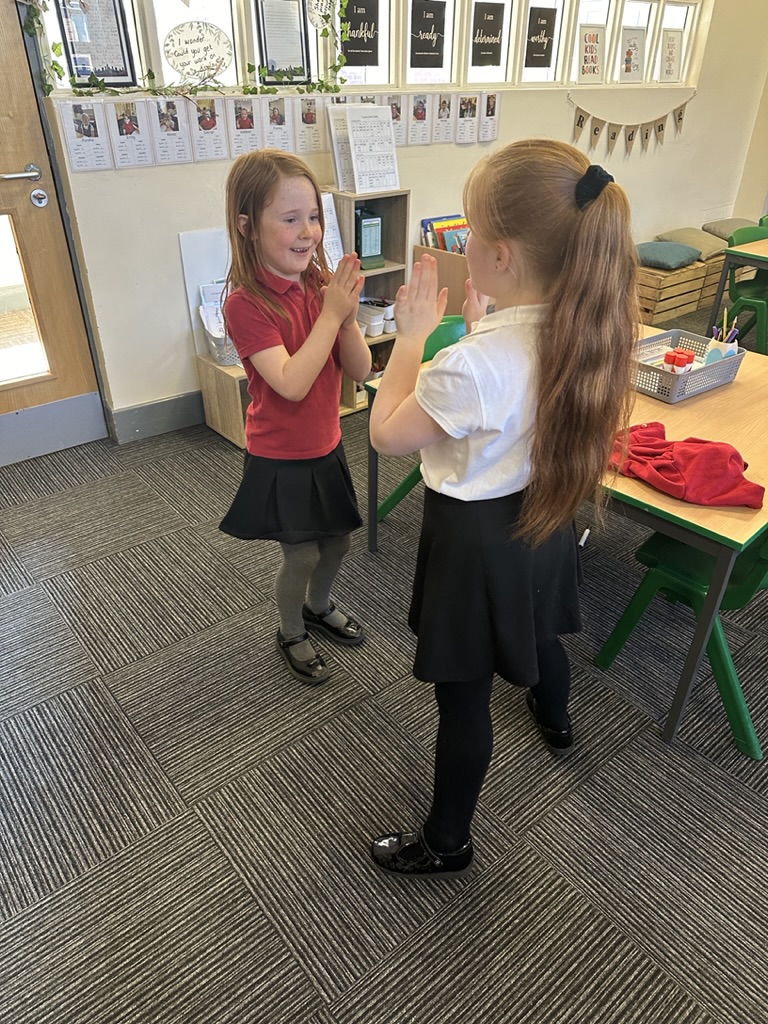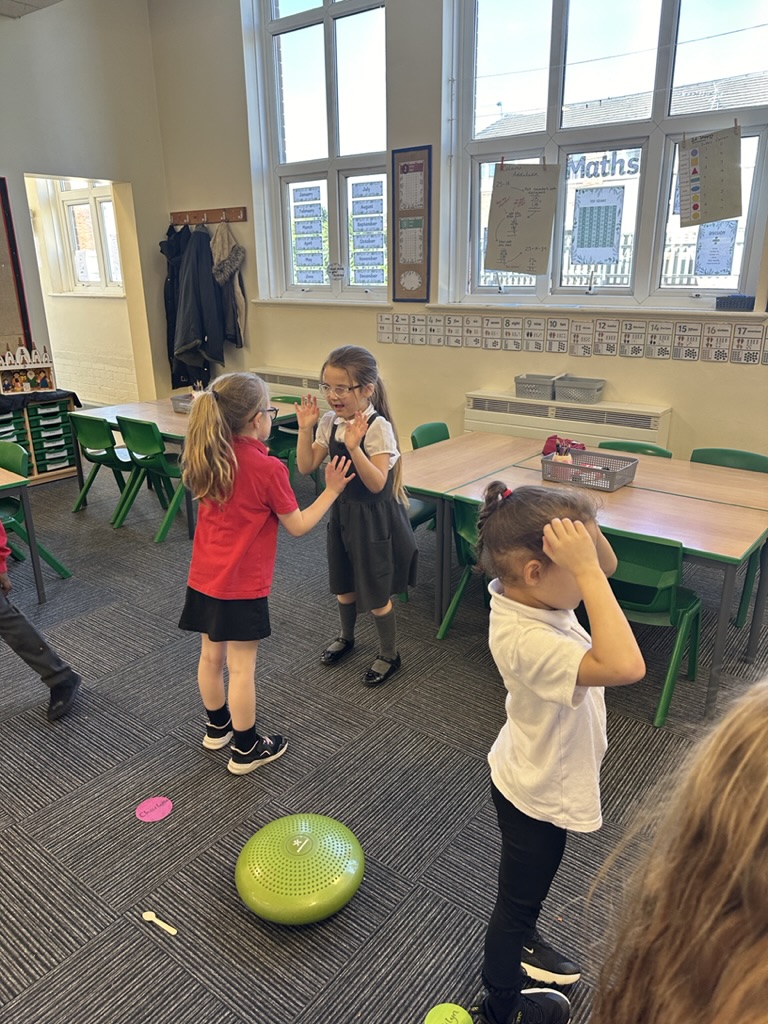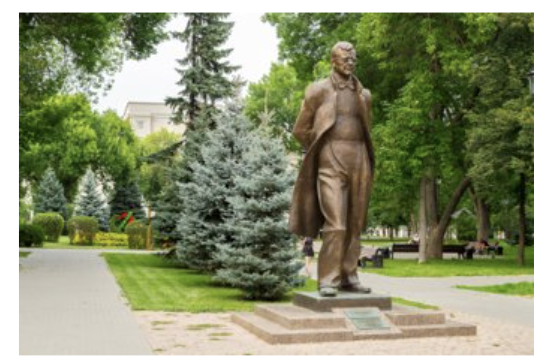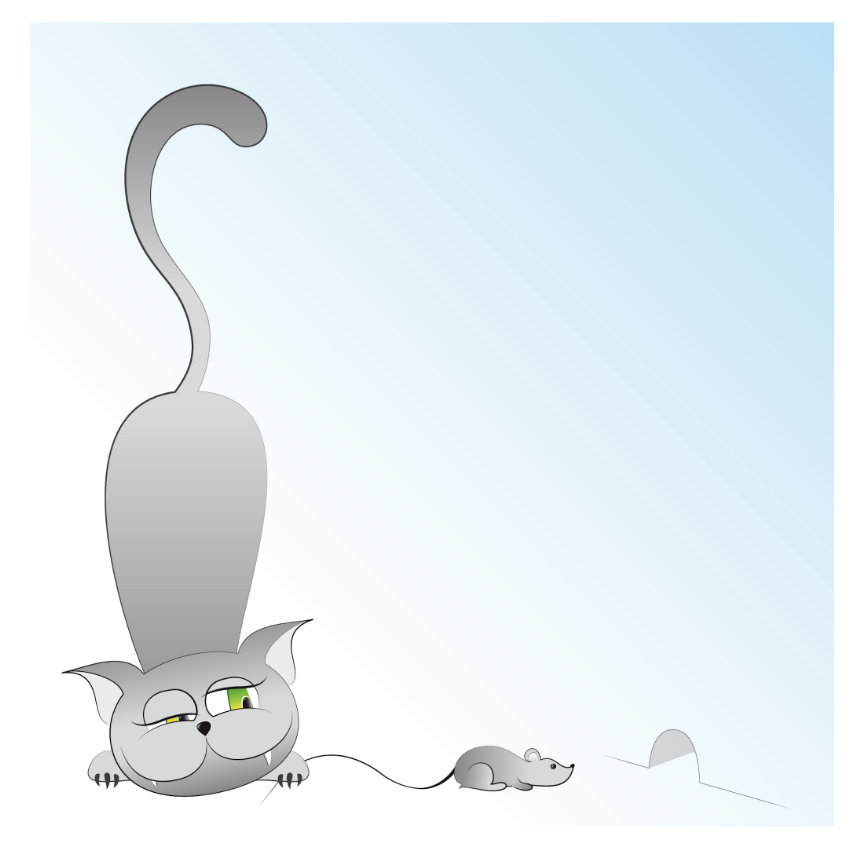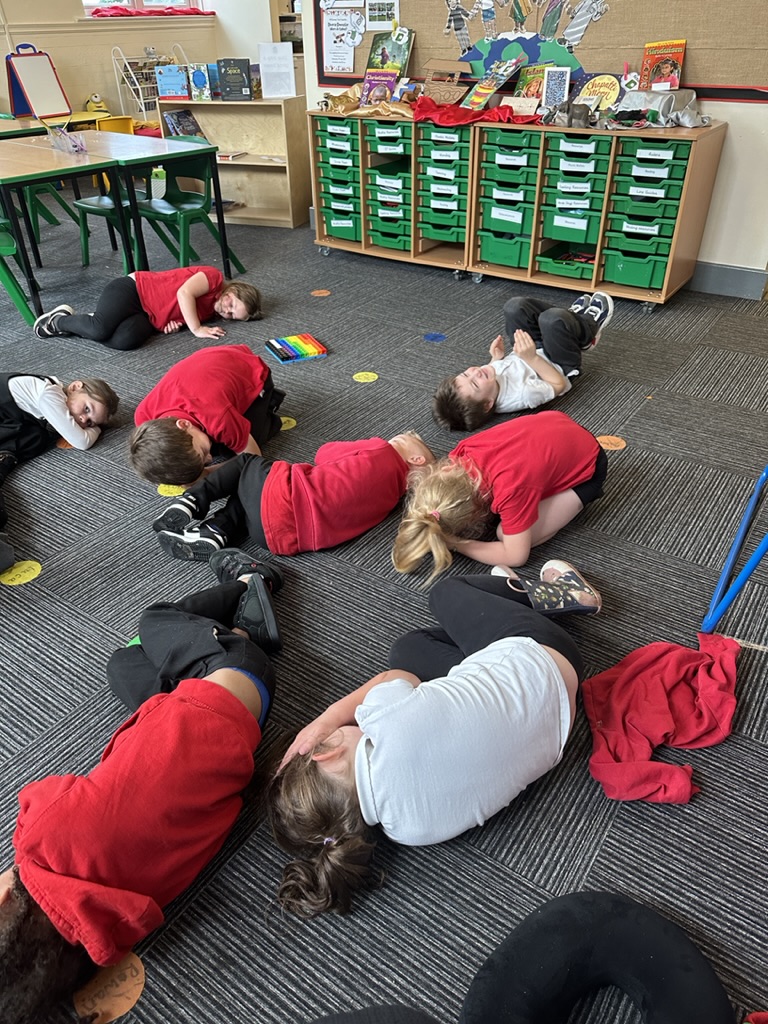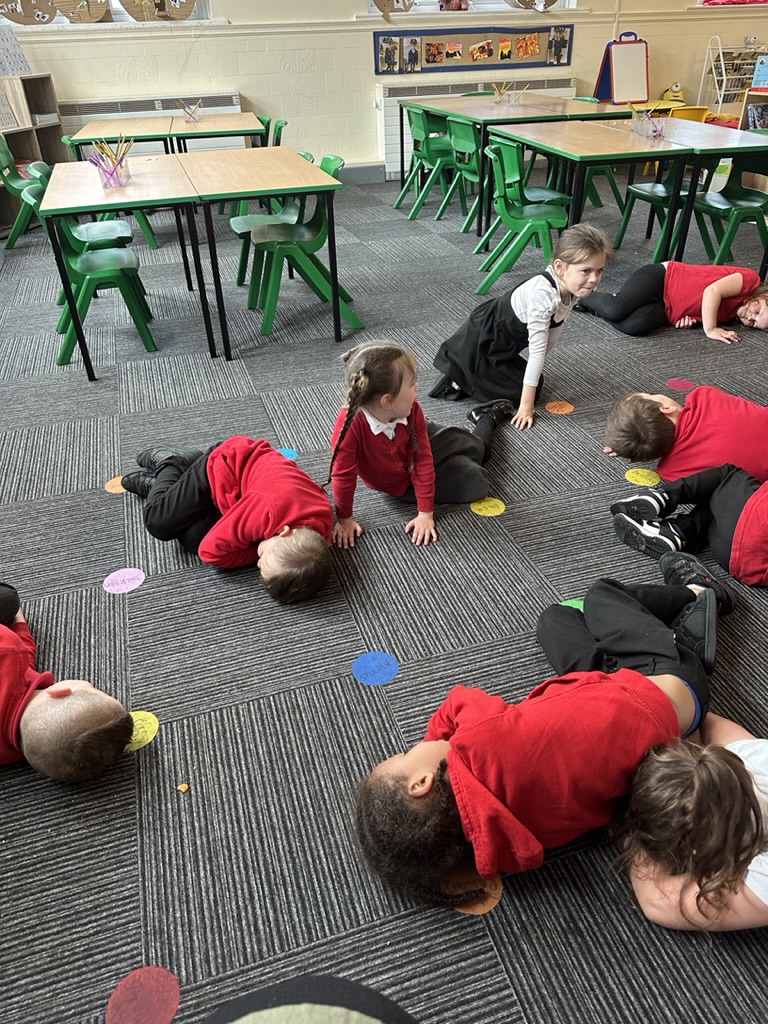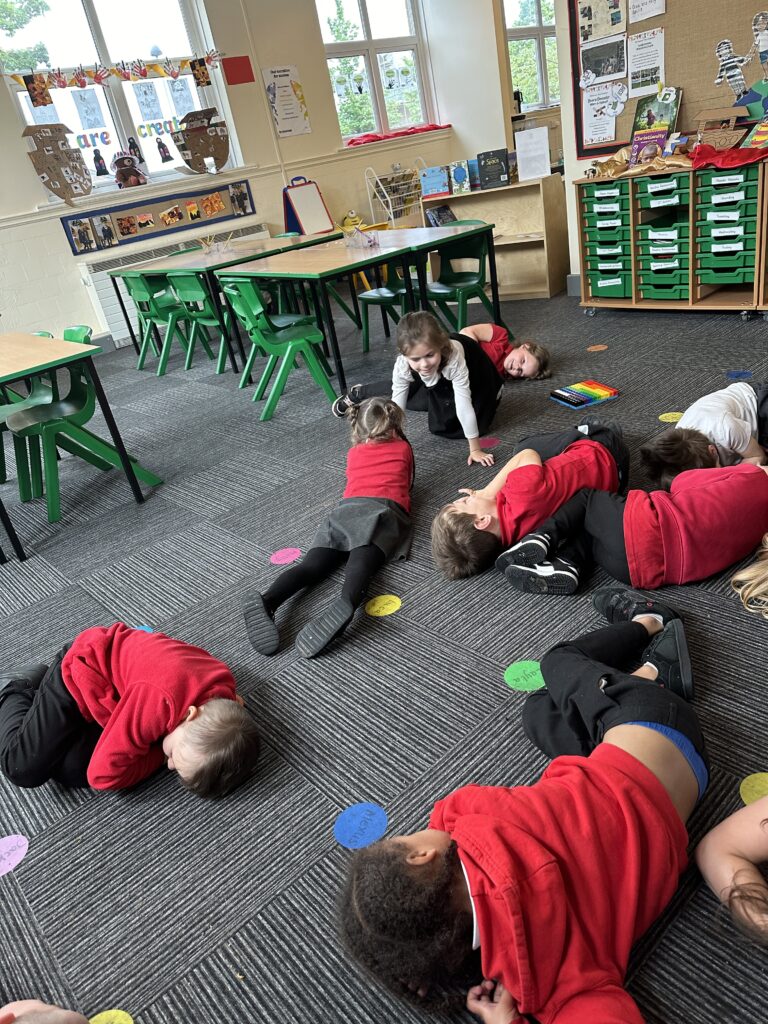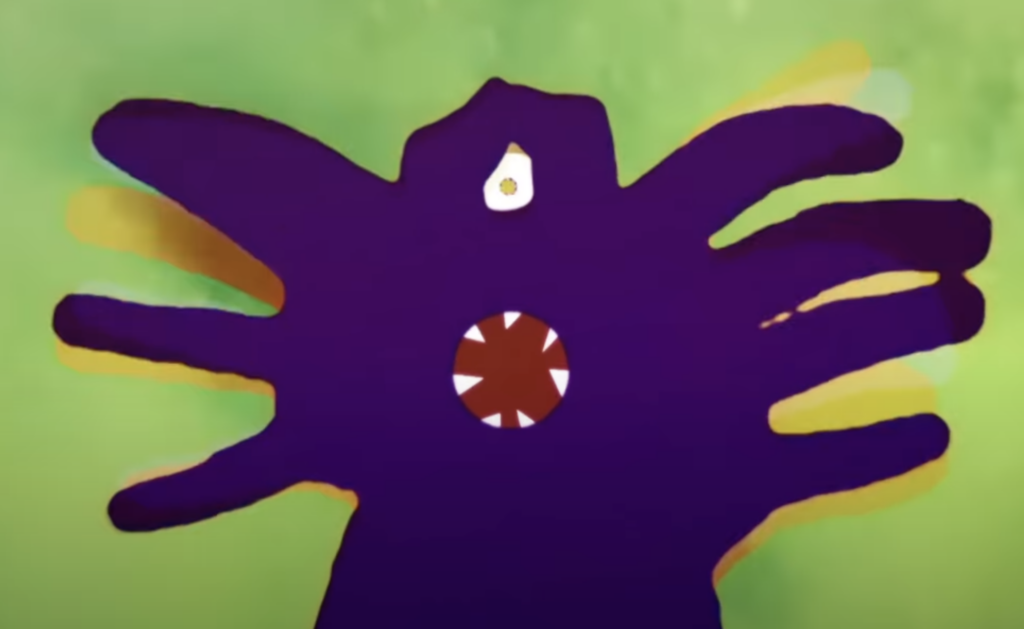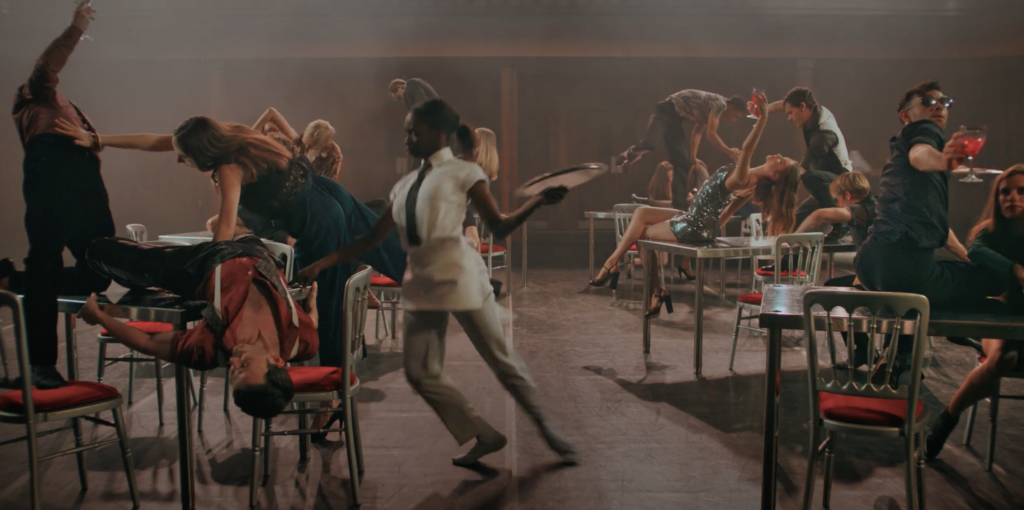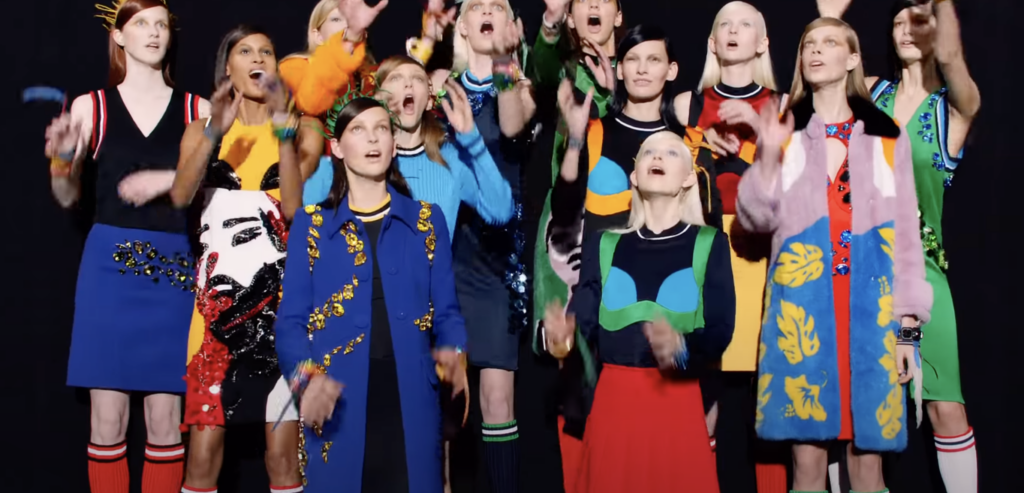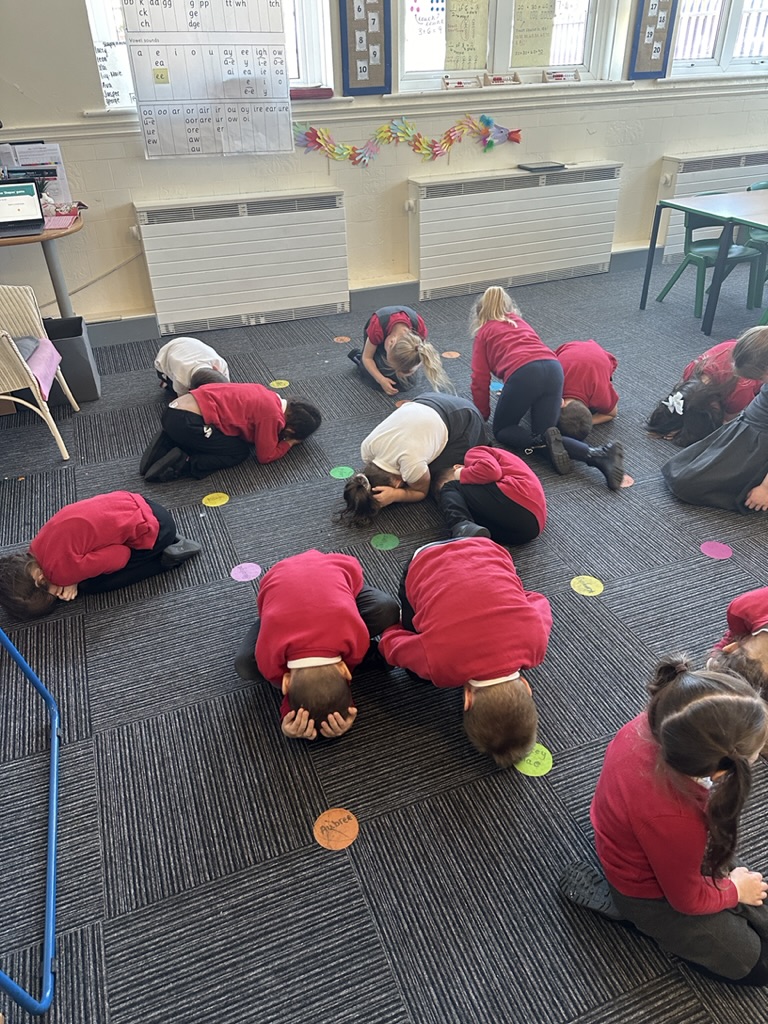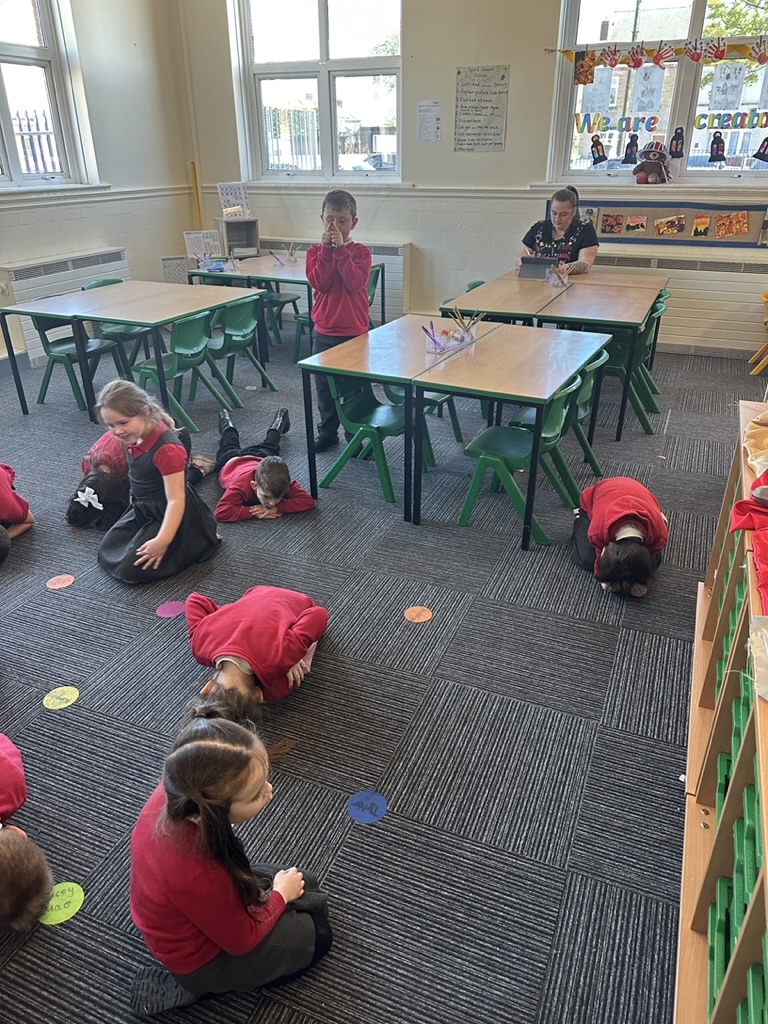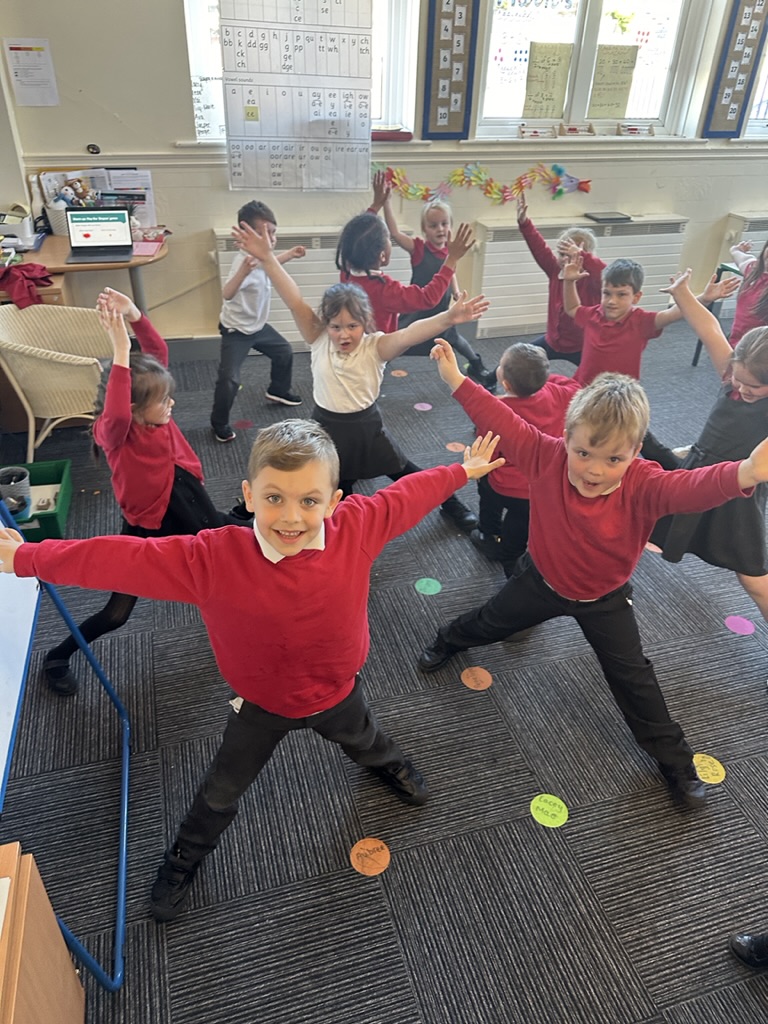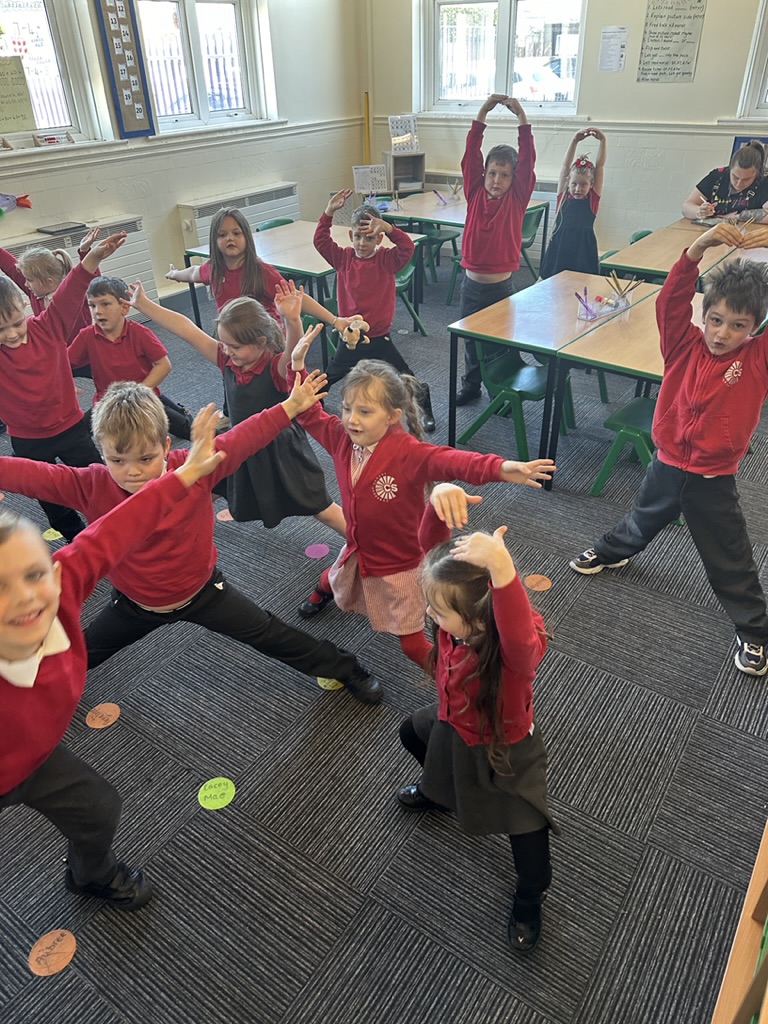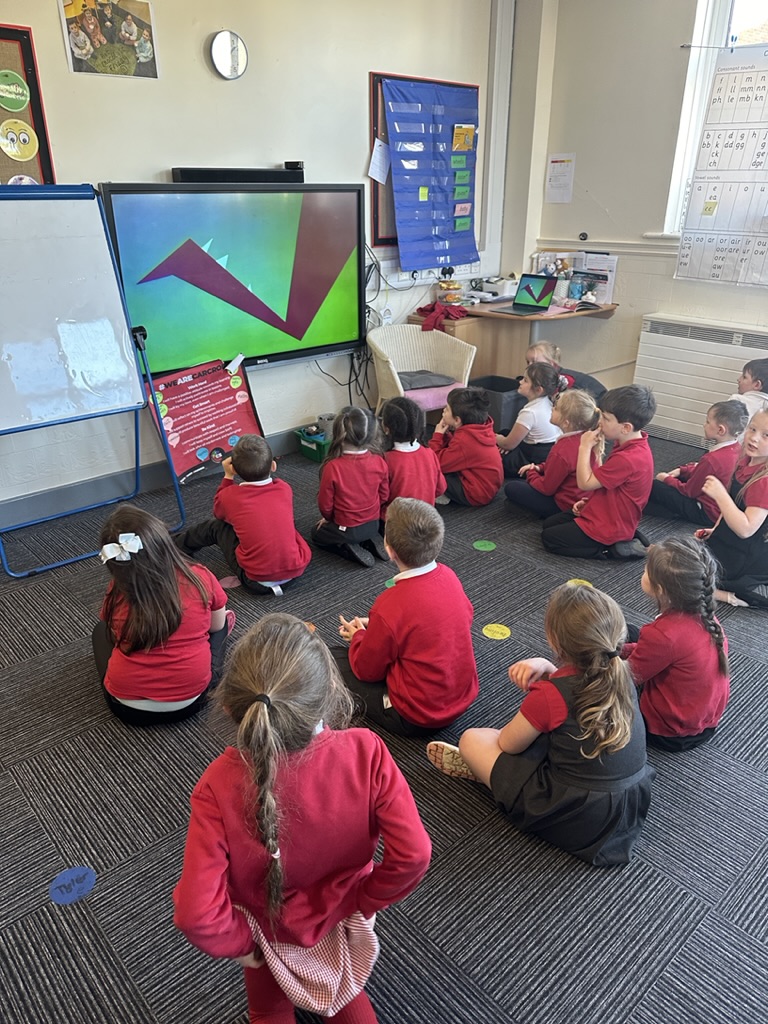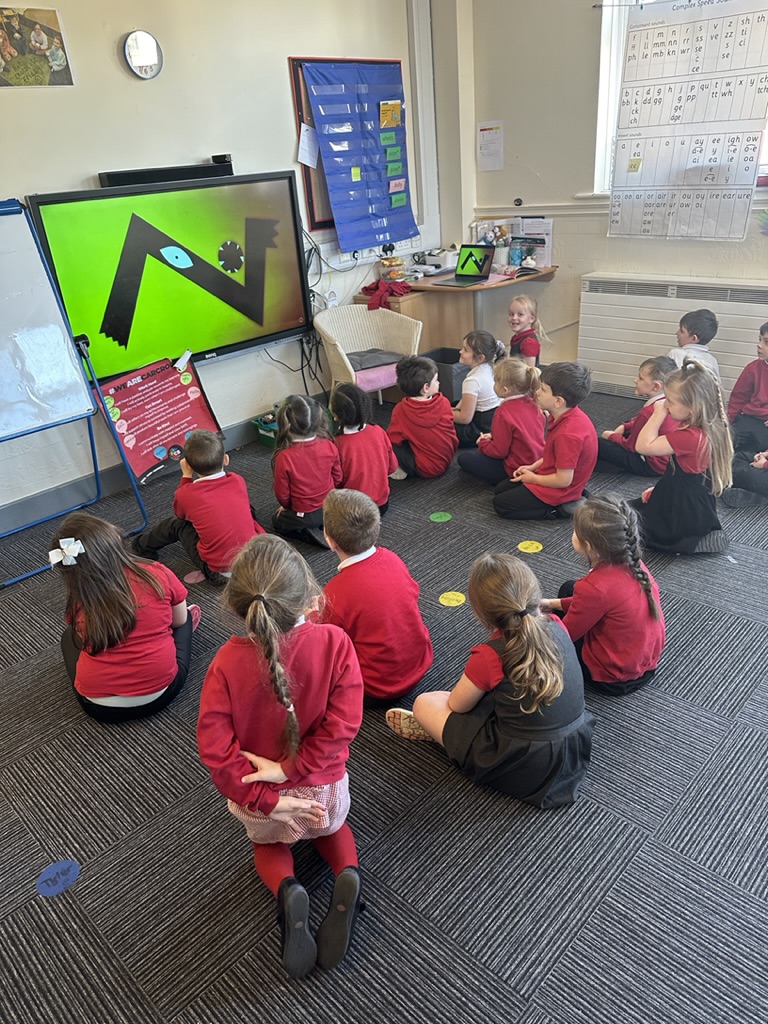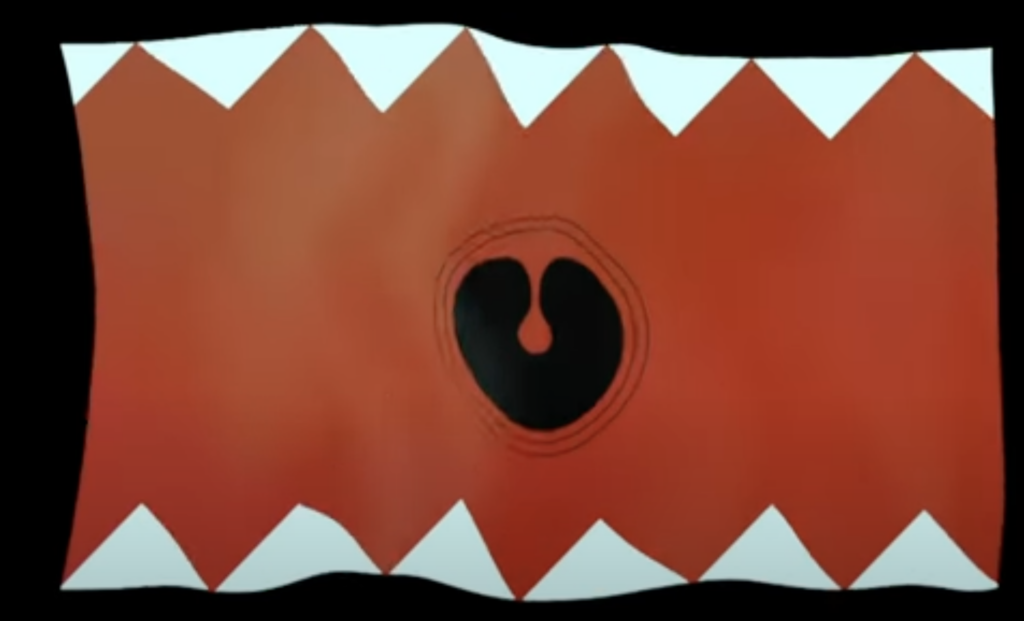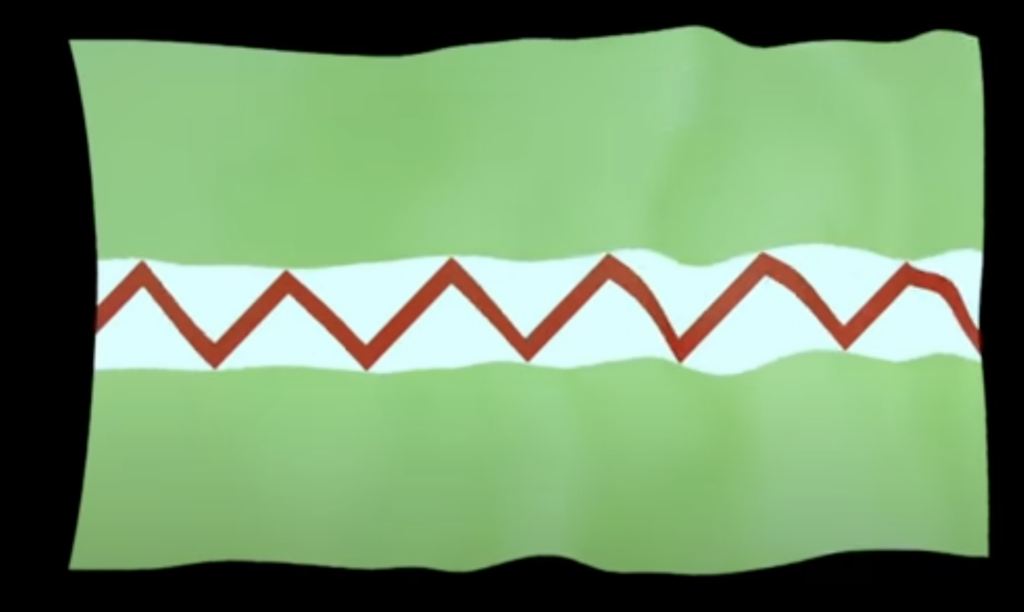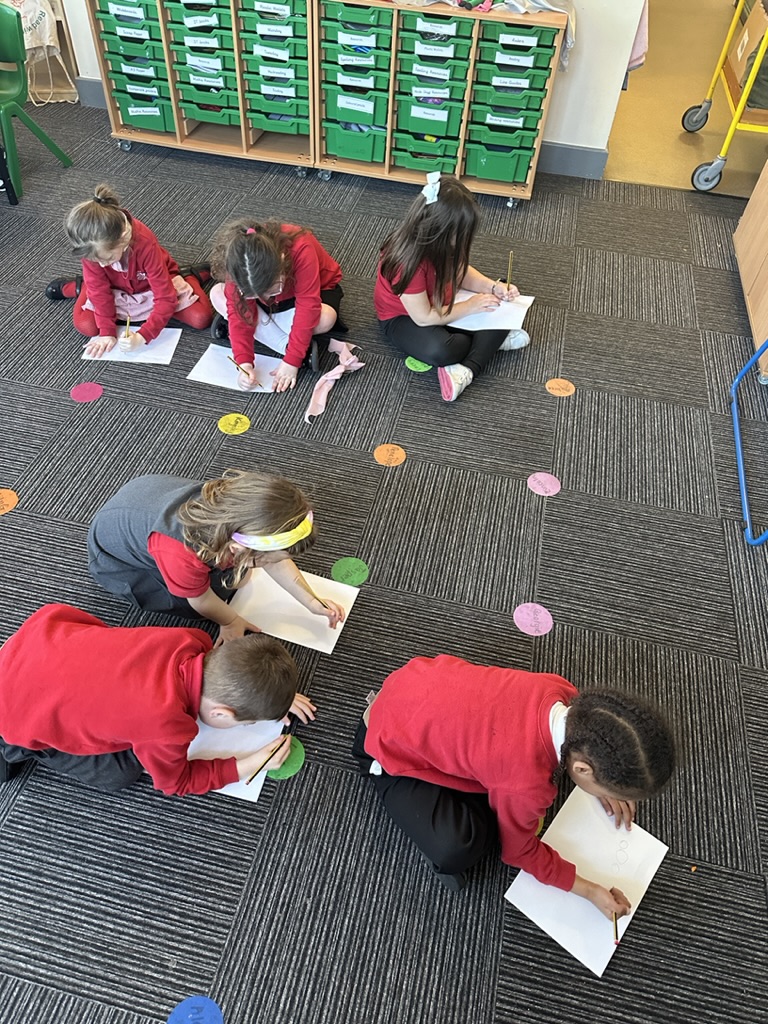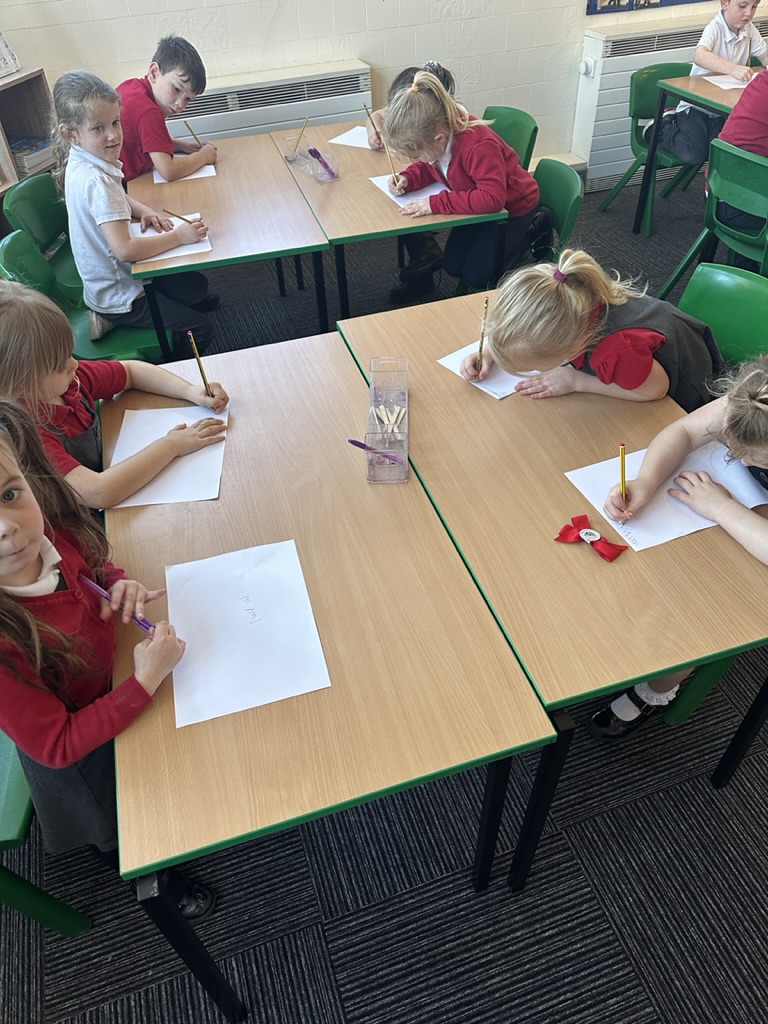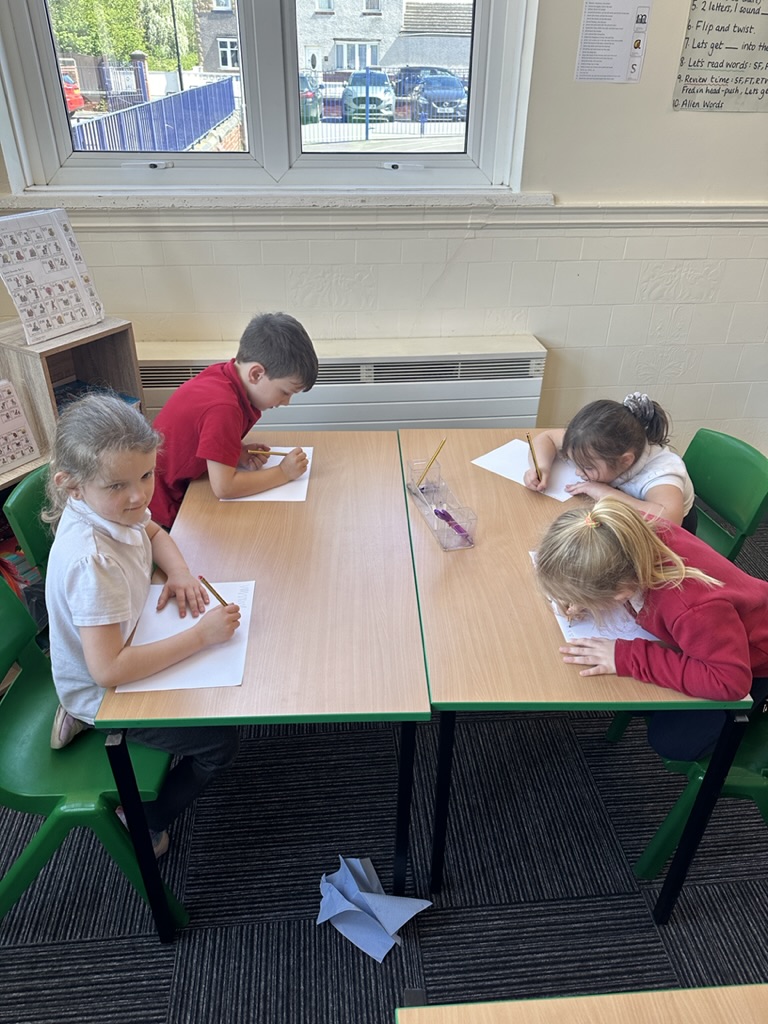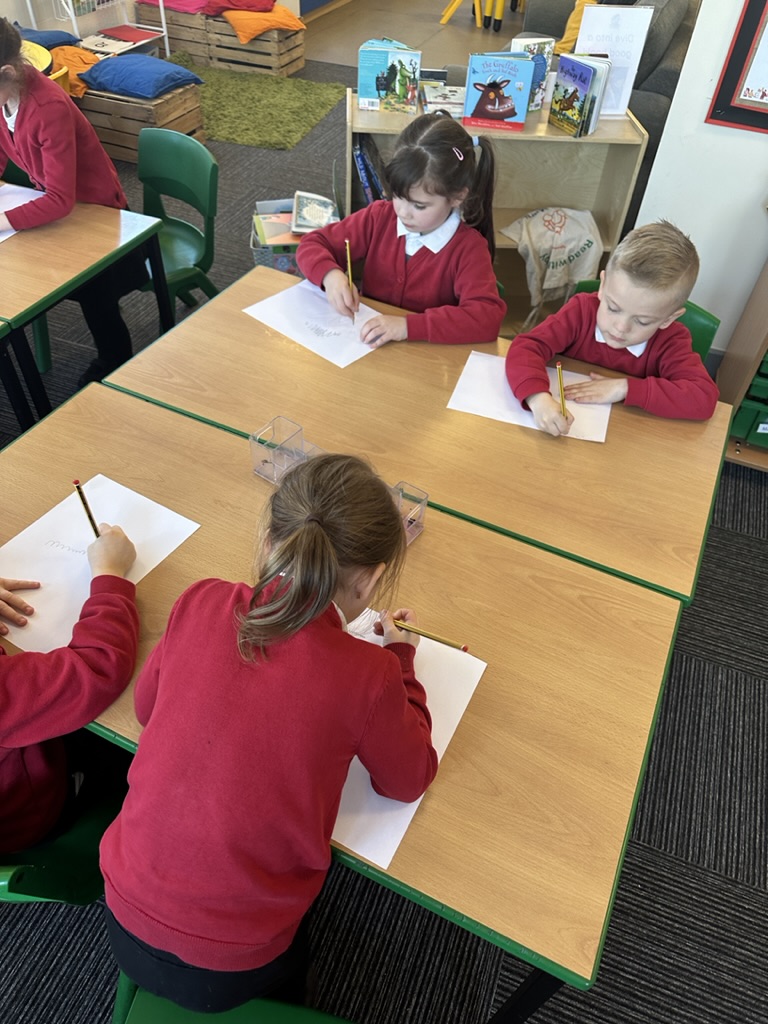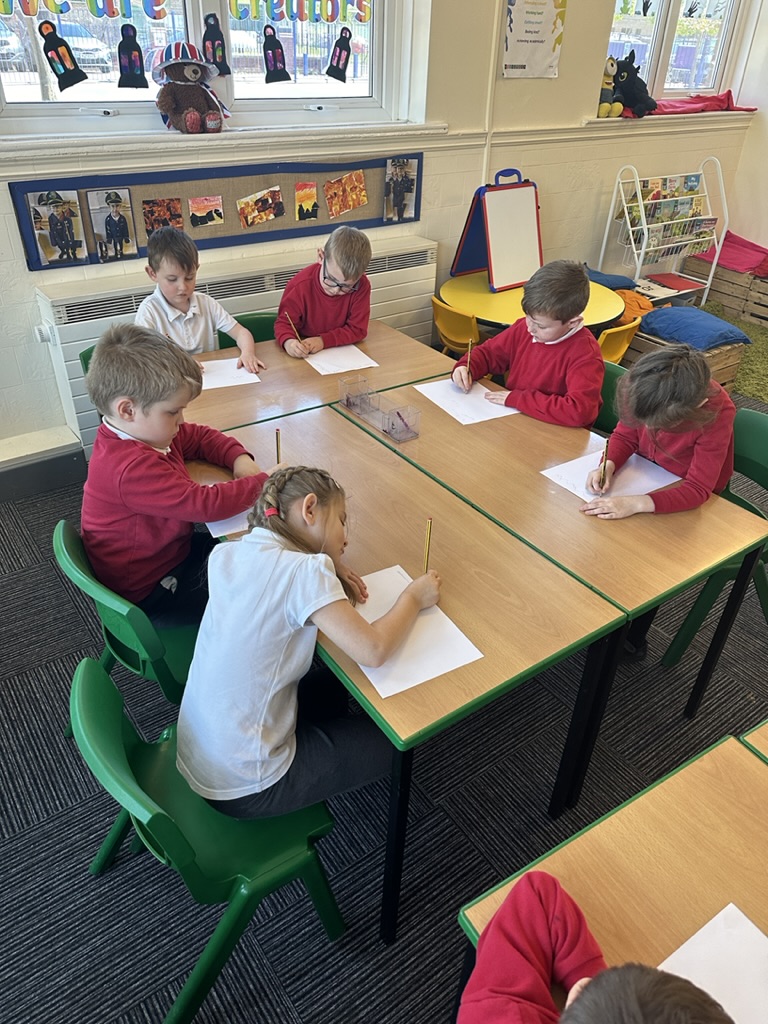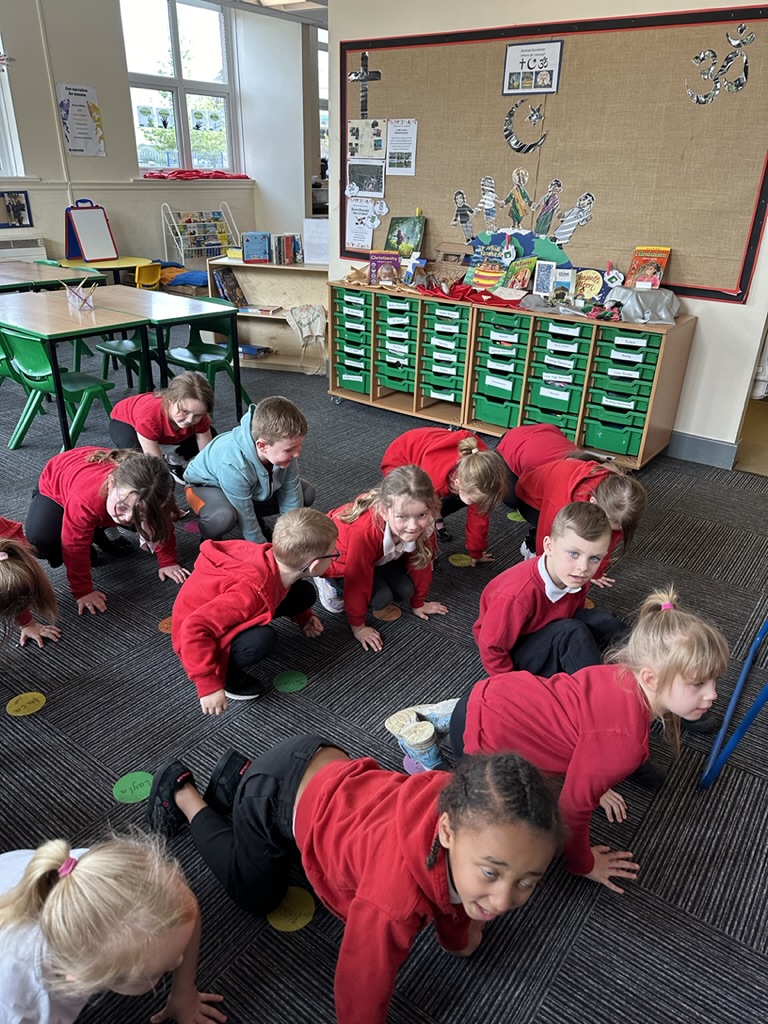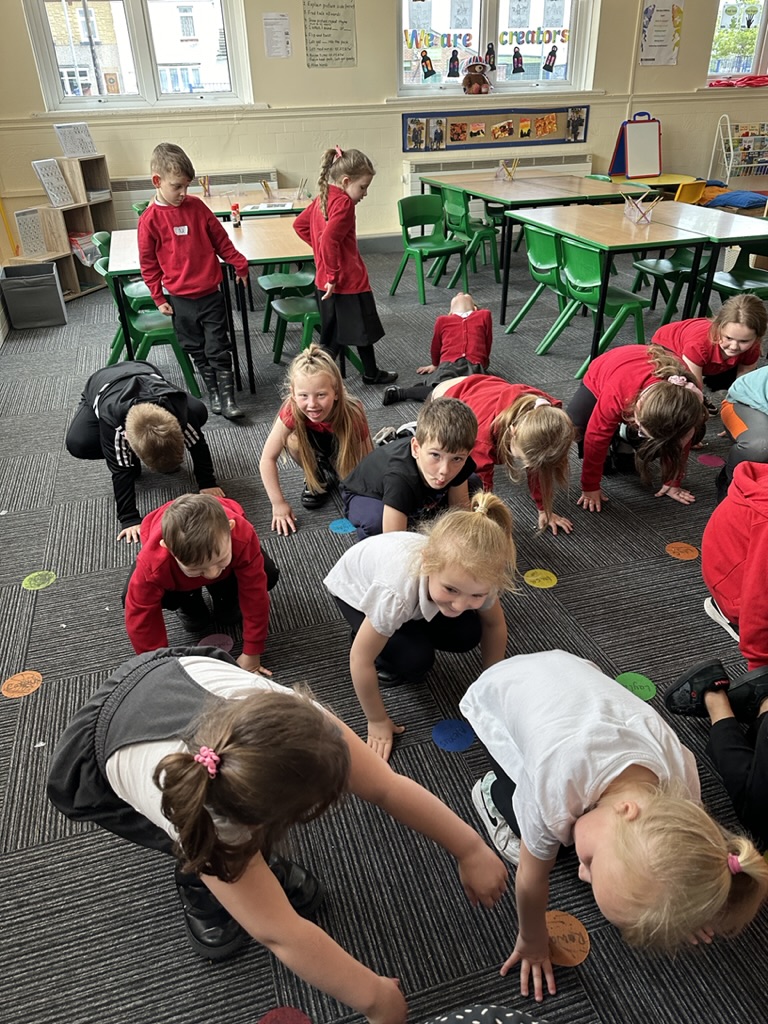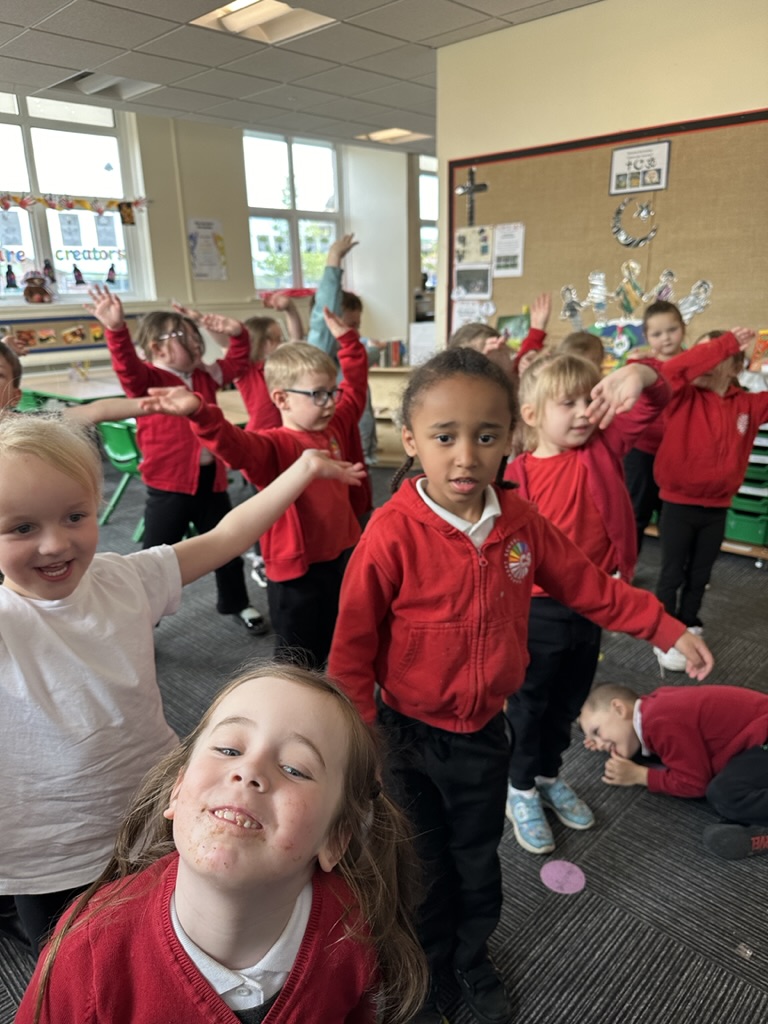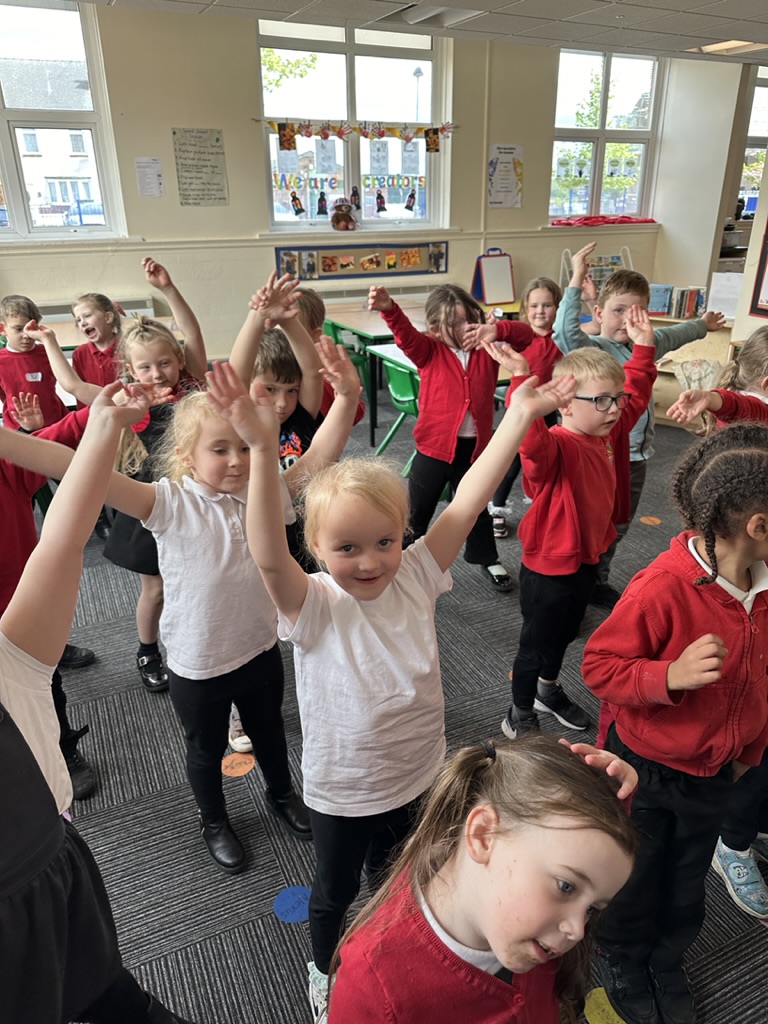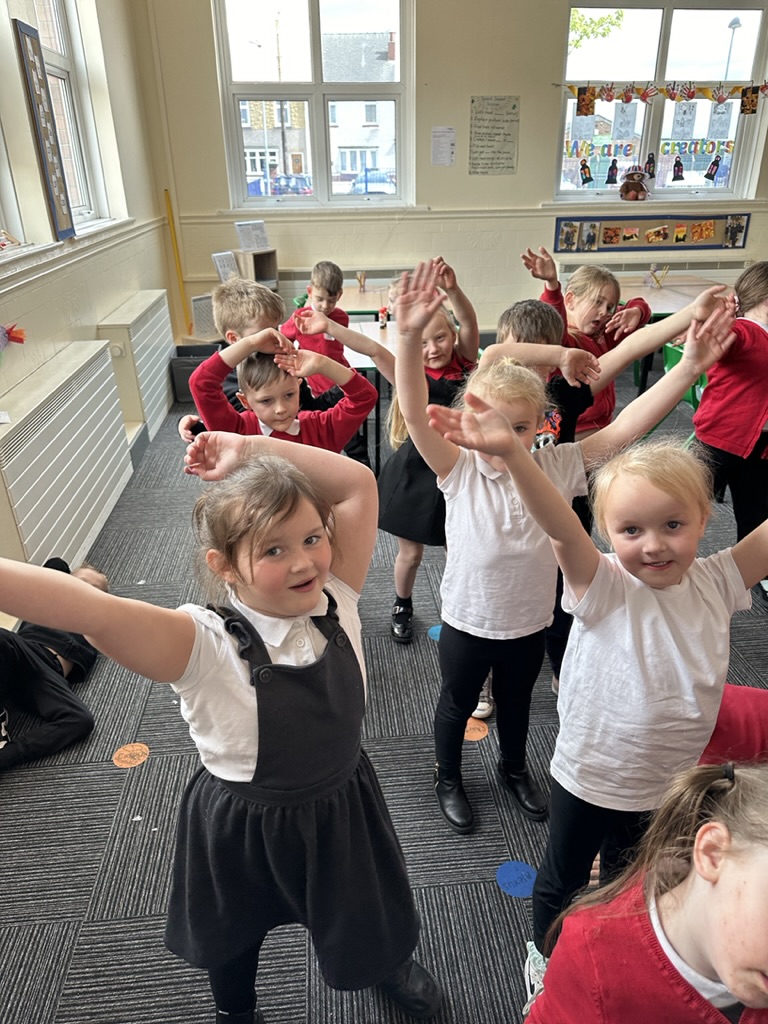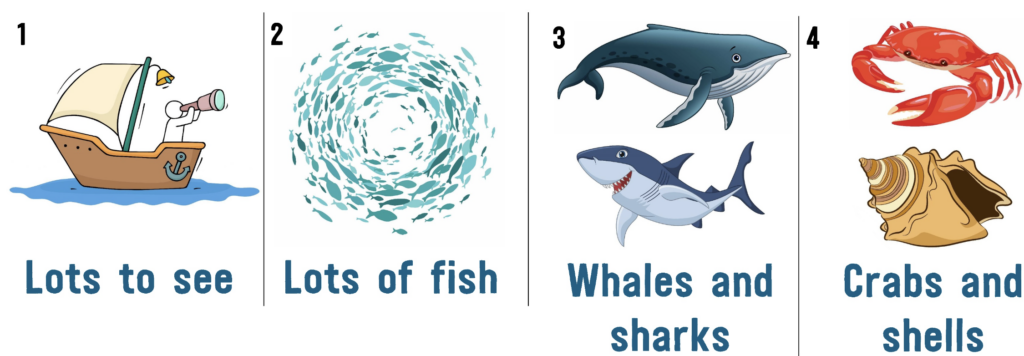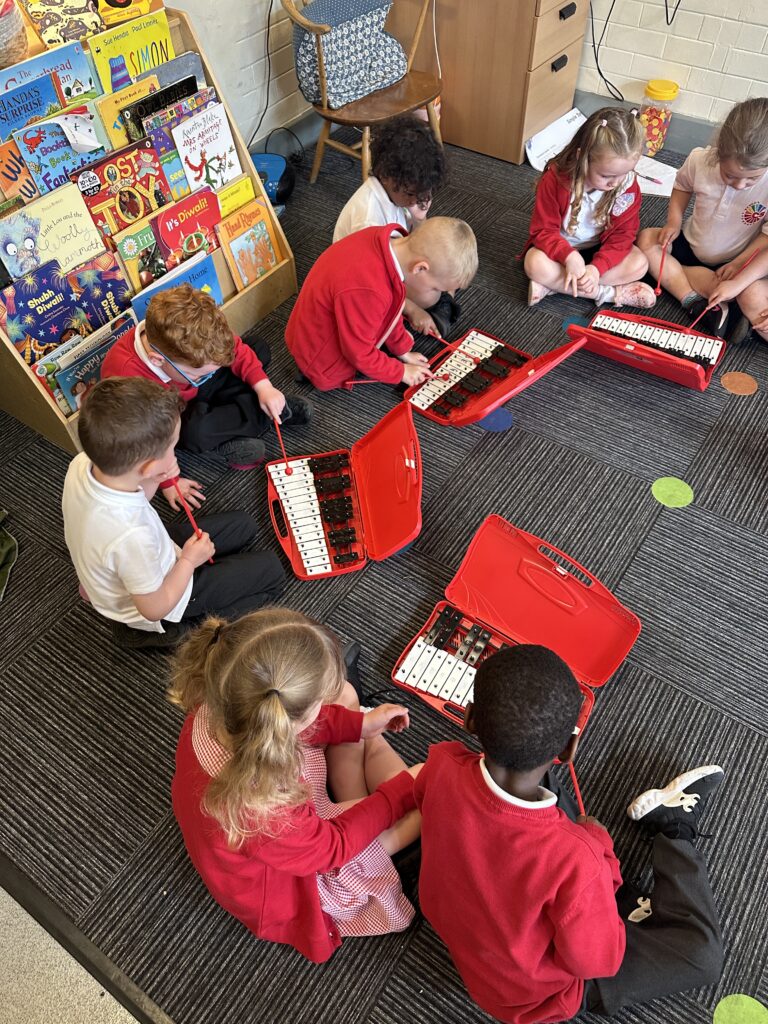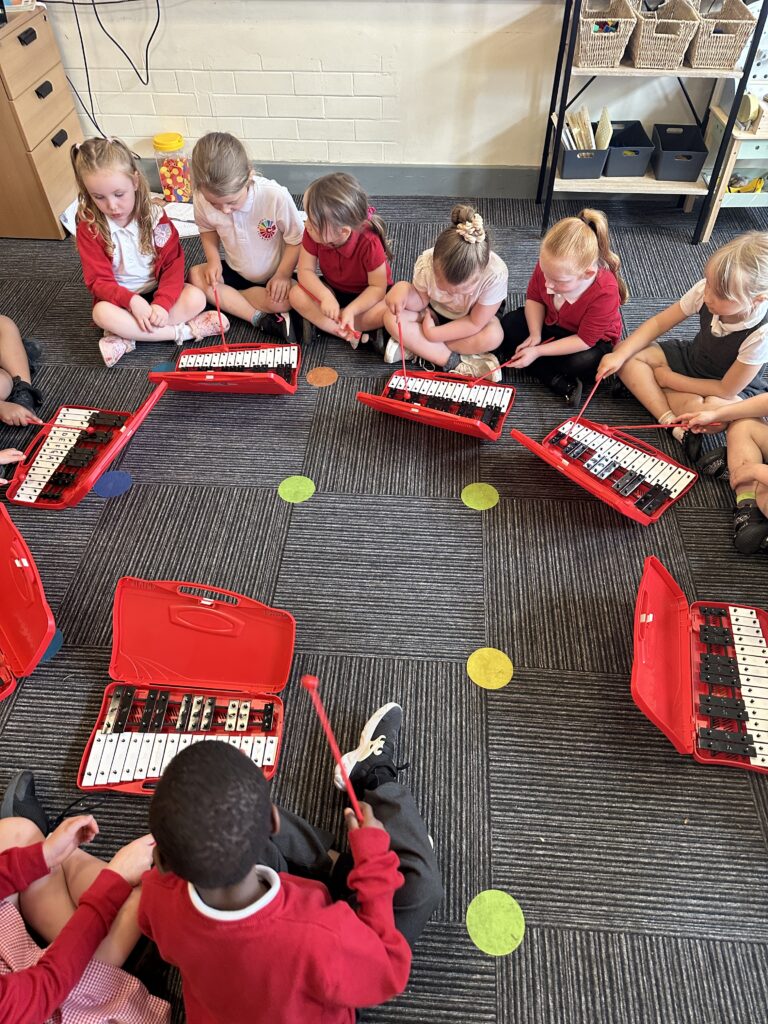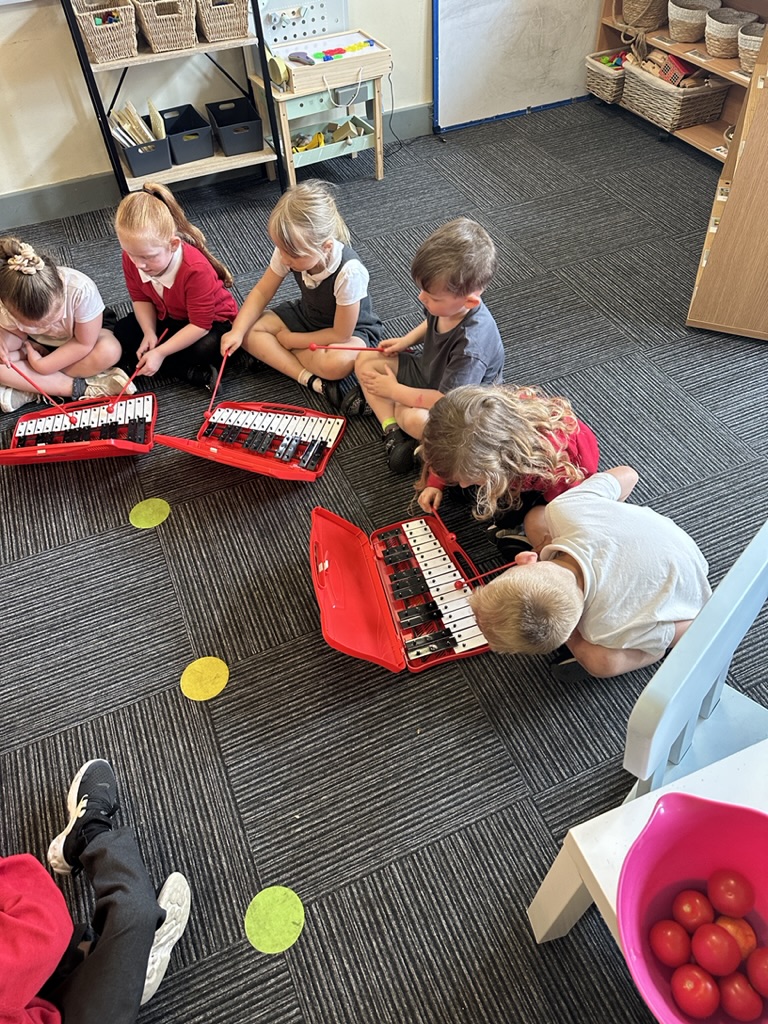Our new unit of music is called ‘ Charlie Chaplin’. We began by looking at the duration of a note. Duration is the length of the note. We were introduced to quavers and semibreves and we looked at how these notes would be written on a musical score. Each symbol looked different and therefore showed us how long to hold the note for.
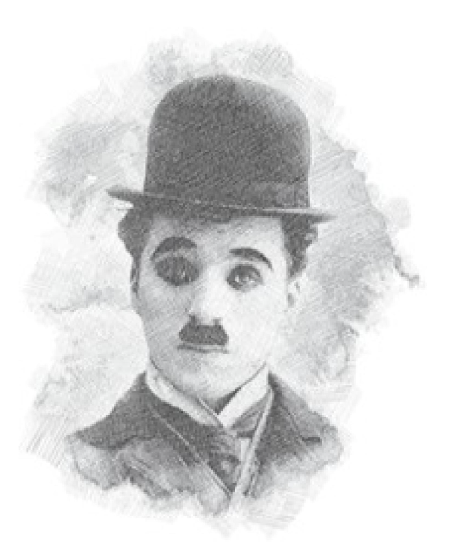
We then played a game where we had to create long and short sounds whilst moving our hands to match the length of note.

Once we had discussed long and short notes, we looked at our collection of untuned percussion instruments and decided as a crew which instruments we thought would make only short notes, only long notes, and those that could be played in a way to create both notes and we sorted them into piles.
We then watched a short clip of a Charlie Chaplin scene (The lion’s cage) from his film ‘The circus’. After discussing Charlie Chaplin and what he was famous for, we watched the clip without sound so that we could focus on the story being told. Once we had discussed the key events from the clip, we watched it again, this time thinking about things that could be represented with a short sound, and then again to identify things that could be represented with a long sound.
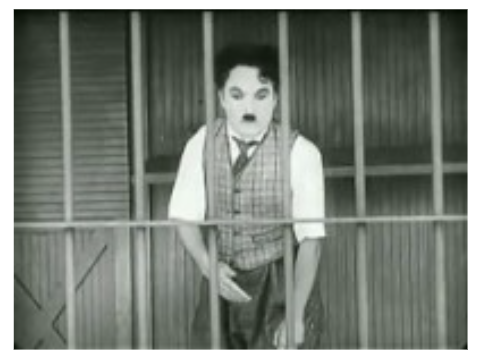
Using the instruments we had separated, we began to think about the short and long notes that could be used to show various parts of the clip whilst also thinking about whether certain instruments would be appropriate to represent certain parts of the clip.
